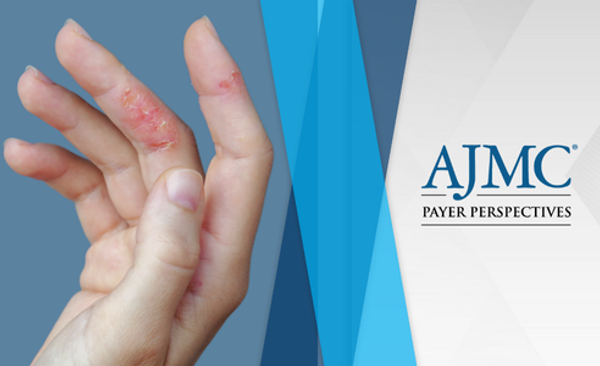
Dermatology
Latest News
Latest Videos

CME Content
More News

Atopic dermatitis significantly impairs female patients' sexual function, reproductive desires, and overall quality of life.

Excessive dietary sodium intake is linked to increased prevalence and severity of atopic dermatitis (AD).

This week, the Center on Health Equity and Access covered the release of the best US hospitals for equitable access, news from the CMS Health Equity conference, biomarker testing legislation, and insights on improving access for queer communities and the disparities in dermatology.

Shawn Kwatra, MD, dermatologist, John Hopkins University, recounts his study assessing the use of nemolizumab in prurigo nodularis presented at the American Academy of Dermatology conference.

An Italian review highlighted the potential of AI to enhance early diagnosis and treatment of hidradenitis suppurativa, though challenges such as data privacy, algorithm bias, and interpretability must be addressed to fully leverage AI's benefits in dermatology.
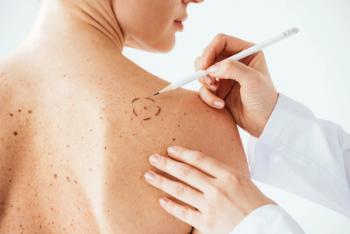
A recent study found significant regional disparities and a decline in inpatient dermatology encounters and providers across the US from 2013 to 2019, highlighting the need for increased support and improved access to specialized dermatologic care.

A US-based discrete choice experiment survey found that patients with atopic dermatitis (AD) prioritize treatments that effectively control itching.

A recent study applied machine learning to medical and pharmacy claims data to develop a model for predicting hidradenitis suppurativa (HS) diagnosis, highlighting the potential for improved understanding of HS underdiagnosis on a health care system level.
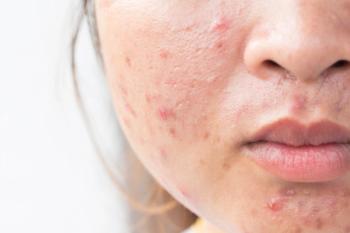
According to a review, recent progress offers hope in the form of treatments, such as combination therapy that utilizes surgical and nonsurgical methods, for individuals with facial acne scars.

A literature review has found that ultraviolet radiation, rising temperature, and air pollution could be possible climate-related influences on skin cancer rates.
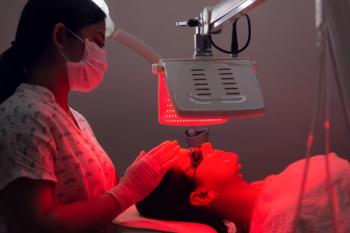
A recent study found that patients with actinic keratosis experienced more pain during red light photodynamic therapy (PDT) than simulated daylight PDT, emphasizing the need to understand patient experiences for better treatment decisions.

In a recent study, secukinumab therapy demonstrated adequate safety and efficacy profiles, offering potential benefits for patients with severe hidradenitis suppurativa (HS) who found adalimumab intolerable.

Patients with hidradenitis suppurativa (HS) in Canada often wait long periods of time to receive an HS diagnosis and receive evidence-based therapy, highlighting the need for increased interdisciplinary education on HS management.

These posters both used the GLOBOSTAD study, which demonstrated through patient and physician assessments that dupilumab is a safe and effective treatment for adolescent and adult patients with atopic dermatitis (AD).

Posters presented showed that patients with vitiligo have a heightened risk of stigma and subsequent mental health issues.

This scoping review discovered potential risks and critical gaps in the efficacy, safety, and transparency of current artificial intelligence (AI) dermatology mobile apps, emphasizing the need for regulatory intervention.

AnaptysBio's senior vice president of research, Martin Dahl, PhD, discusses therapeutic strategies and pathophysiological approaches to treating patients with atopic dermatitis (AD).

Jeff Stark, MD, vice president and head of medical immunology, UCB, shares phase 3 study results of bimekizumab-bkzx given for up to 48 weeks in patients with moderate to severe hidradenitis suppurativa (HS).

Experts at the American Academy of Dermatology Annual Meeting shared results of research into various topical and systemic therapies for atopic dermatitis (AD) and hidradenitis suppurativa during a late-breaking abstract session.
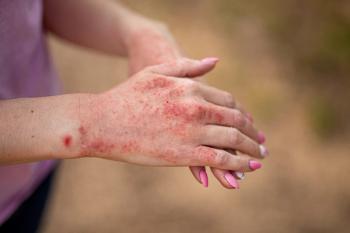
Presented posters showed that moderate to severe atopic dermatitis (AD) in skin of color can be treated with either biologic or topical therapies.

In patients with moderate to severe atopic dermatitis, nemolizumab demonstrated good durability of response, explained Jonathan Silverberg, MD, PhD, MPH, FAAD, of George Washington University School of Medicine and Health Sciences.
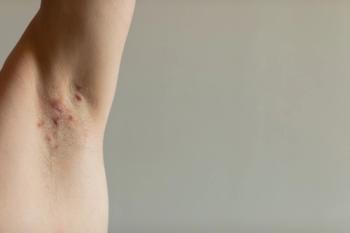
Treating pediatric and adult patients with hidradenitis suppurativa (HS) who are in socioeconomically underserved areas can be done through collaboration with the patient, their family, and other clinicians in the field.
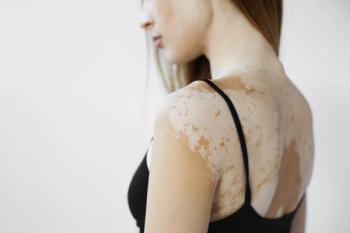
Pictures of darker skin with vitiligo make up more than three-quarters of Google searches for pictures of vitiligo, according to posters.

Monica Li, MD, medical and cosmetic dermatologist and clinical assistant professor, University of British Columbia, discusses how microneedling can address both aesthetic and medical dermatological needs across different skin types.

Robert Sidbury, MD, MPH, FAAD, division head of dermatology at Seattle Children's Hospital and professor of pediatrics at the University of Washington School of Medicine, discusses what makes a dermatology practice successful and the challenges that come with running a practice.






